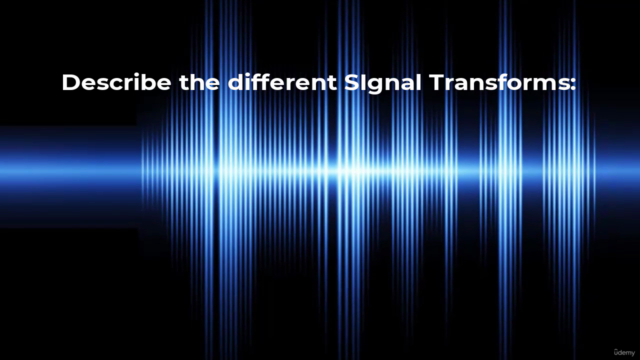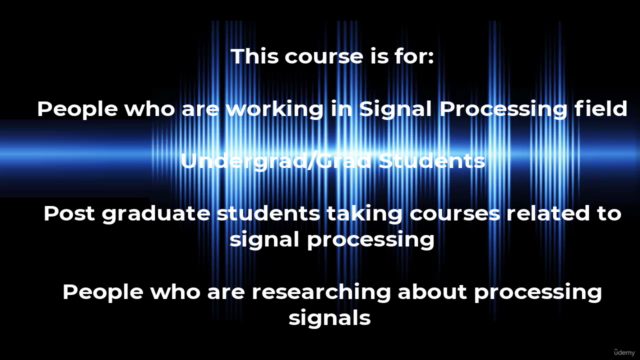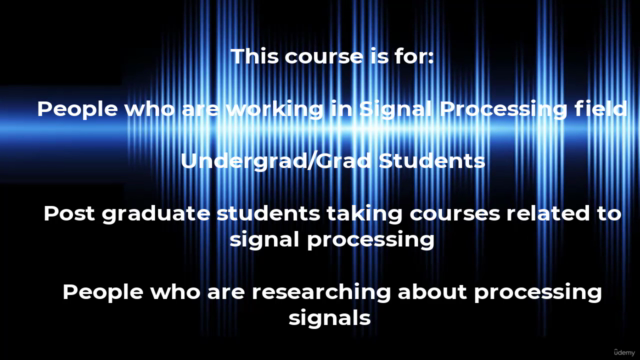Learn LabVIEW and boost your career by automating repetitive tasks
What you will learn
Types of Data in LabVIEW
LabVIEW area
Different types of structures and Loops
Numeric Section in Toolkit
Boolean and Comparison section in Toolkit
Text Format Functions and their uses
File availability in LabVIEW and making report
Description
Description
In RAHDG 497 we’ll Focus on the area of LabVIEW Software then we design different projects by using this software. It includes Design and analysis of Processing signals. Number of digital designs have been solved to make you understand them better.
This course describes the different types of units in LabVIEW such as Toolkit, Cluster, Block Diagram, While Loop, For Loop and Sequences. Each topic will have many examples which goes over them briefly with different parts.
Core subject of this course is creating projects. Topics include structures, Loops, Arrays, Boolean Toolkit, Comparison Toolkit and Numeric Section. By end of the course, you should be able to process the signals, process the pictures, control the systems, and solve any Boolean or Numeric equation in LabVIEW Software.
This course is mostly for academic level Engineering students in different universities around the world.
Since you would be having a lifetime access to this course you would be able to revisit during your career as year passes to refresh your memory.
Instructor
The instructor of this course is Mehrad Nahouri. He has an Associates in Electrical Engineering concentration on digital field and is a lecturer at Rahsoft.
Prerequisite:
Introduction to Digital Circuits
What is the target audience?
- This course is for people working in engineering fields.
- Undergraduate students
- Electrical Engineer
- Computer Engineer
- Biomedical Engineering
- Mechanical Engineering
- Graduate students taking LabVIEW course
Course content
- Introduction
- Types of Data in LabVIEW
- LabVIEW Area
- Different types of structures and Loops
- Numeric Section in Toolkit
- Boolean and Comparison section in Toolkit
- Text Format Functions and their uses
- File availability in LabVIEW and making report
Who this course is for:
- Electrical Engineers
- Computer Engineers
- Mechanical Engineers
- Biomedical Engineers
- Electrical Engineering Students
- Computer Engineering Students
- Mechanical Engineering Students
- Biomedical Engineering Students
Screenshots




Content